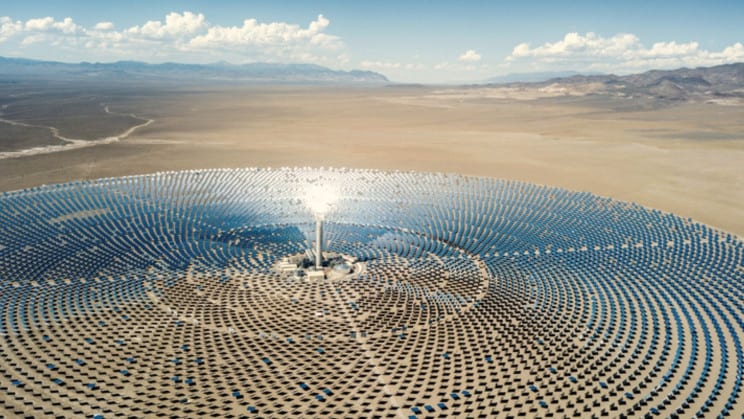The DoE has identified three key areas of innovation for CPS: storing heat in liquids like molten salts, in sand-like particles, and also in gases. Though the U.S. government agency decided to focus most of its funding into particle-based storage, it also provided funding for NREL to run a two-year liquid molten salt research program.
Molten salts have great potential as they are practical to work with and can easily move through pipes and heat exchangers. It’s those properties that have also led to renewed interest in the ideas of molten salt reactors, as the world continues to grapple with the transition away from fossil fuel consumption.
A few practical challenges have stood in the way when it comes to molten salt CPS. For example, the material is corrosive and can cause damage to holding tanks during the process of transferring heat energy. However, according to Craig Turchi, who leads thermal energy science and technologies research at NREL, the researchers have “actually solved that problem by and large. NREL and partners did a lot of great science on the salt chemistry — how to purify it, how to make it relatively noncorrosive if you control the chemistry, and we demonstrated that in the lab.”
Harnessing the power of molten salts
In its bid to harness molten salts, NREL decided to use chloride salts as opposed to the nitrate salts typically used in other molten salt applications. The company explained that nitrate salts display a greater level of stability under extreme temperatures.
The DoE awarded NREL $2 million to build a prototype tank that utilizes extra insulation to keep the molten salts — which freeze at 752°F (400°C) — at a high temperature. This, alongside the work NREL has carried out on the corrosion problem, means we might be a step closer to viable molten salt CPS.
Other innovations have led to the cost of CPS falling by 47 percent between 2010 and 2019, and the price will only continue to fall. What’s more, all of this research could help to greatly advance other fields besides CPS.
According to Kerry Rippy, NREL expert in inorganic chemistry, “there are multiple potential avenues for this research to be valuable. It can be beneficial for solar fuel synthesis; it could enable high-temperature fuel cells, and the nuclear industry is also really interested in this research.”
While CPS technology might still have some way to go to meet the DoE’s 5 cents per kWh goal, it could eventually provide an alternative to solar PV with vastly higher amounts of readily dispatchable energy.

